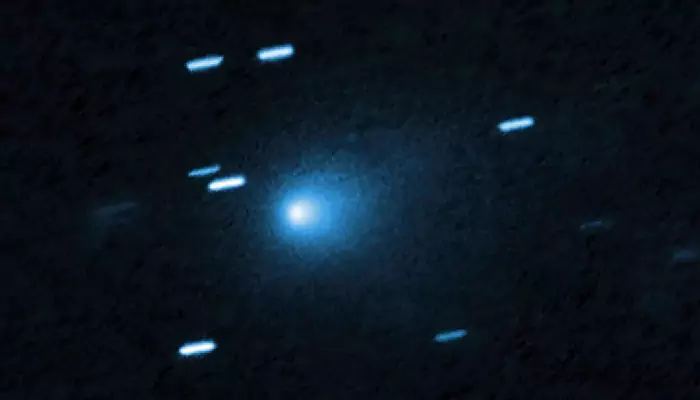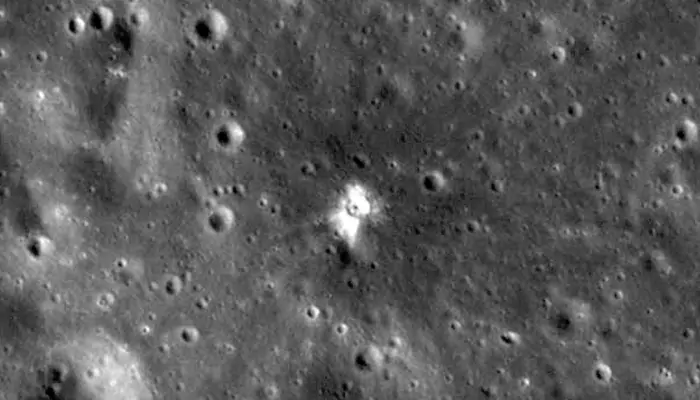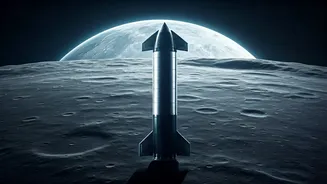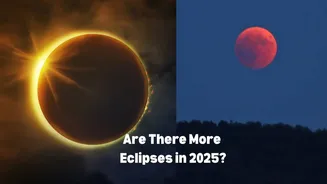Here are today’s most important updates from the realm of Science and Space.
NASA’s Twin Explorers Head to Mars to Reveal the Power of Its Magnetic Field
NASA is set to launch its ESCAPADE (Escape and Plasma Acceleration and Dynamics
Explorers) mission to Mars on November 9 aboard Blue Origin's powerful New Glenn rocket. The mission consists of twin spacecraft, aptly named Blue and Gold, designed to study Mars' magnetosphere and atmospheric loss. The twin spacecraft will orbit Mars to investigate how the solar wind interacts with the planet's magnetic field and strips away its atmosphere, a process that has shaped Mars' climate history. ESCAPADE marks NASA's first dual-spacecraft orbital science mission to Mars. Following launch from Cape Canaveral, the probes will spend a year orbiting Earth's L2 libration point, studying space weather, before embarking on a 10-month journey to Mars.
Desi Innovation Soars! Indian Startup, Army Achieve Record 500 km Quantum Link

A Bangalore-based quantum technology company successfully demonstrated India's first extensive Quantum Key Distribution (QKD) network spanning over 500 kilometers. The company created a secure internet line that runs for more than 500 kilometers, where messages are protected using quantum physics instead of regular encryption methods, making it nearly impossible to eavesdrop or steal information. The major accomplishment was achieved by QNu Labs, which used existing optical fiber infrastructure to deploy the network, signifying a groundbreaking step in quantum-secure communication. Quantum Key Distribution (QKD) is a secure communication method that uses the principles of quantum physics to share encryption keys. It sends information through particles of light, and any attempt to intercept changes the signal, alerting users instantly.
A Visitor From Beyond: Mars Captures First Pictures of Interstellar Comet

In an extraordinary astronomical event, the Chinese Mars orbiter Tianwen-1 has captured the first close-up images of Comet 3I/Atlas as it made a close flyby of the Red Planet in October 2025. The images, which sparked initial speculations about an "alien spaceship," reveal a bright yet faint cometary nucleus enveloped by a glowing coma, offering new insights into this rare interstellar visitor. Comet 3I/Atlas, only the third confirmed interstellar object to pass through our Solar System, was first discovered on July 1, 2025, by the Asteroid Terrestrial-impact Last Alert System (ATLAS) in Chile. The object that came from outside the Solar System has sparked major online buzz about it being alien in nature, as Nasa is yet to give any clear answers. Several Nasa spacecraft have also captured images which would likely be released once the US government shutdown lifts.
Lunar Shockwave: Massive Explosion Seen on the Moon’s Surface

On the night of October 30, 2025, something big crashed onto the Moon, producing a spectacular explosion that was visible all the way from Earth. The rare lunar impact flash was captured on video by amateur astronomer, who shared the footage on X. The flash occurred at 20:33:13.4 and was recorded at 270 frames per second with 0.03x speed playback, revealing the moment a crater was formed on the Moon's night side. Since the Moon has no atmosphere, meteoroids don’t produce the streaks we see as shooting stars on Earth. Instead, they strike the surface directly, producing instant bursts of light and creating new craters. This particular impact took place east of the Gassendi Crater (latitude -16, longitude 324), a well-known lunar landmark.
















